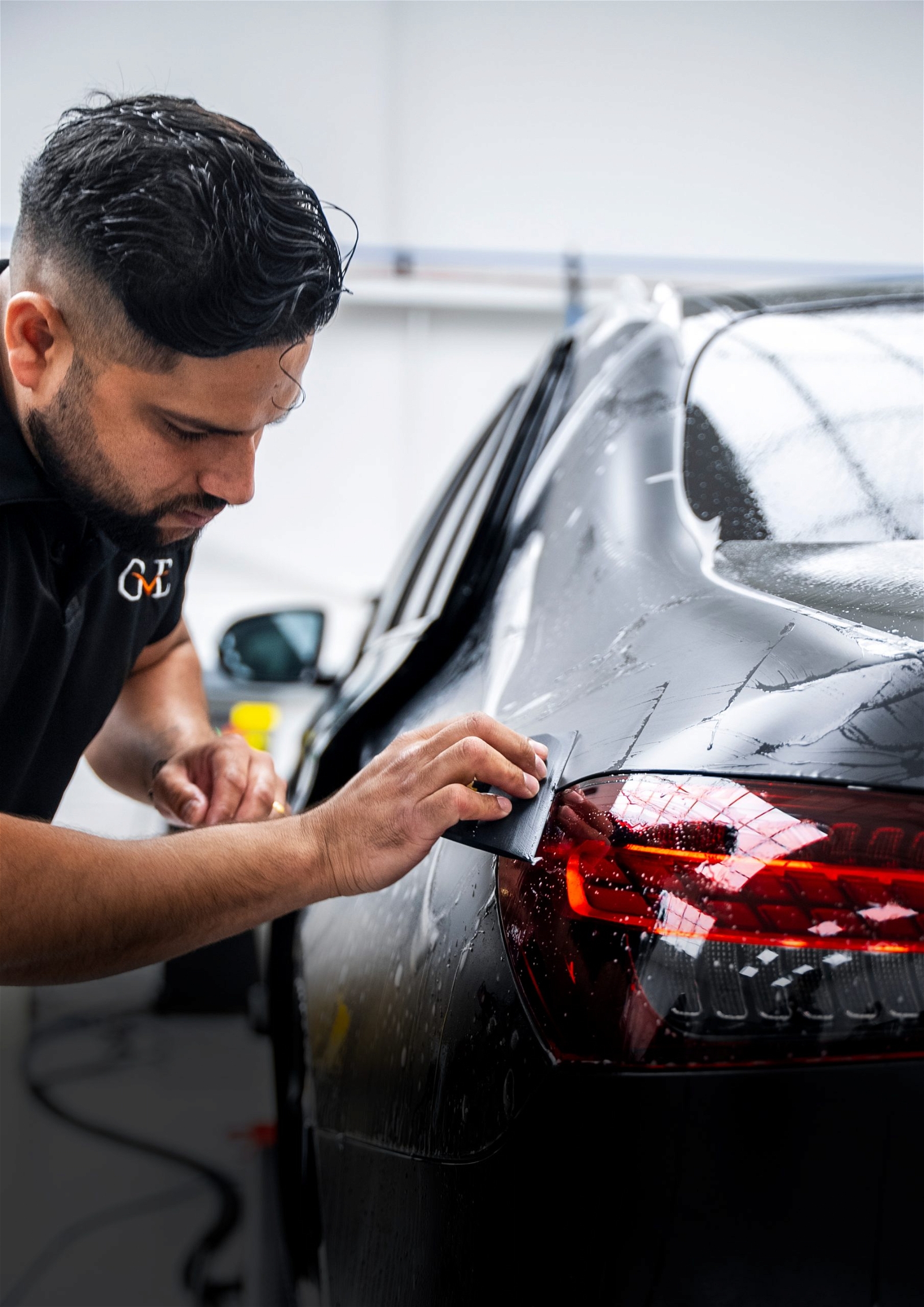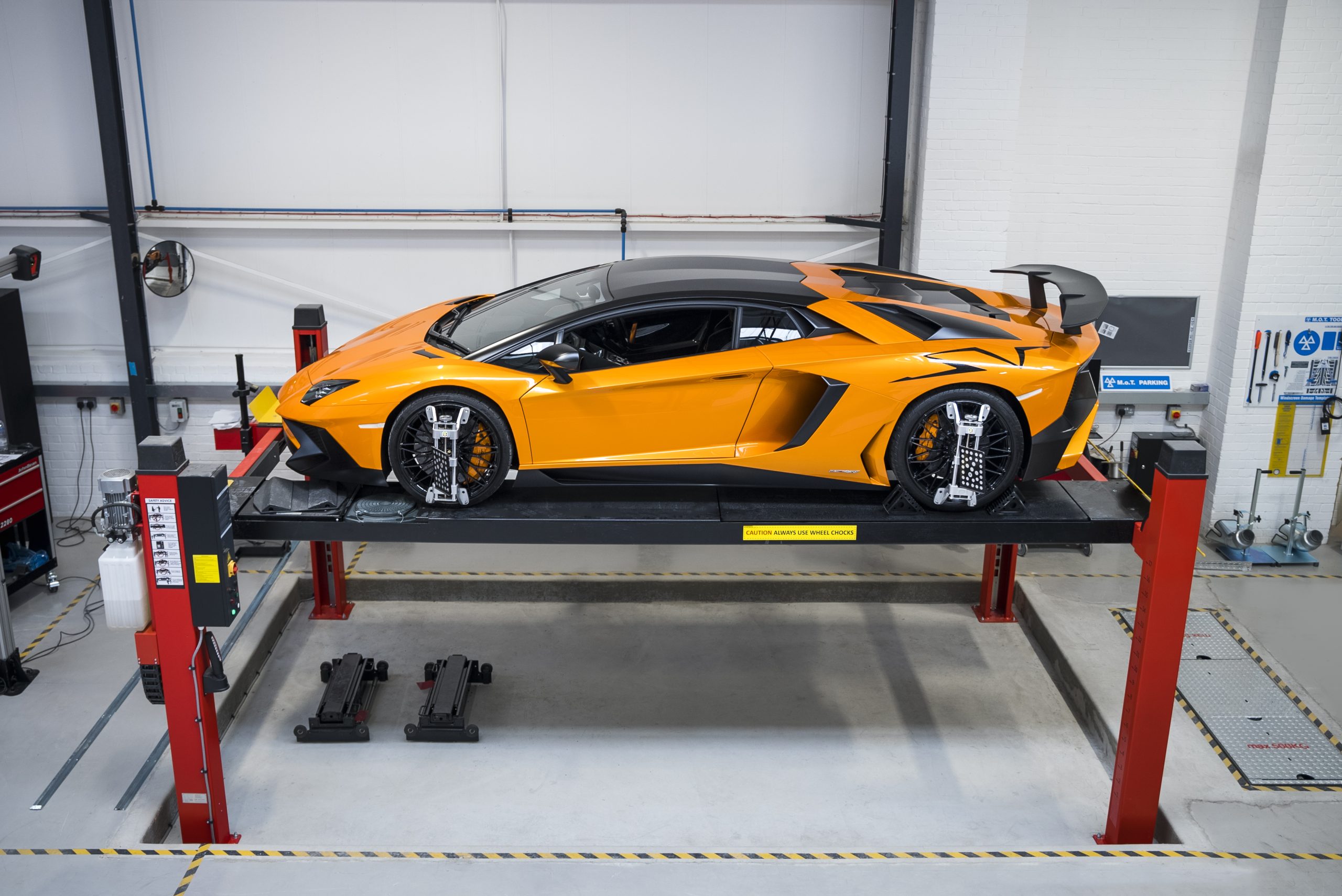
Latest Technologies in Supercar Accident Repair
Discover the latest technologies revolutionizing car accident repair processes. Explore how innovations like artificial intelligence, virtual reality, and augmented reality are enhancing damage assessment, repair efficiency, and overall repair quality in the automotive industry.
The Latest Technologies in Car Accident Repair
In the dynamic landscape of the auto repair industry, embracing modern technology and innovative techniques isn’t just a choice; it’s a strategic imperative. These advancements offer a plethora of advantages, benefiting both auto body shops and their valued customers alike. From streamlined operations to enhanced customer experiences, the advantages are compelling, reshaping the landscape of collision repair in profound ways.
Advantages for Auto Body Shops
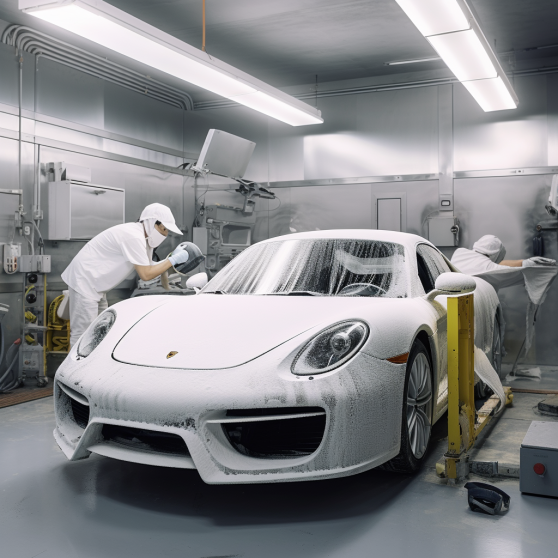
For auto body shops, the integration of improved technologies and processes yields a myriad of benefits, transforming the way they operate and serve their customers. Chief among these advantages are:
Lower Operating Costs: Modern technologies enable auto body shops to optimize their operations, reducing wastage, and improving efficiency. From streamlined accident repair processes to optimized resource allocation, these advancements translate into tangible cost savings.
Increased Revenue: By enhancing operational efficiency and expanding service capabilities, auto body shops can attract more customers and generate higher revenues. Additionally, the ability to offer specialized services, such as paintless dent repair and diagnostic testing, further diversifies revenue streams.
Enhanced Service for More Customers: With improved technologies, auto body shops can service more customers in less time without compromising quality. This not only improves customer satisfaction but also strengthens the shop’s reputation and market competitiveness.
Improved Repair Outcomes: Modern techniques and tools enable auto body shops to achieve superior repair outcomes, ensuring that every vehicle leaves the shop in pristine condition. Whether it’s paintless dent repair or UV curing products, these advancements enhance the quality and durability of repairs, driving customer satisfaction and loyalty.
Advantages for Customers
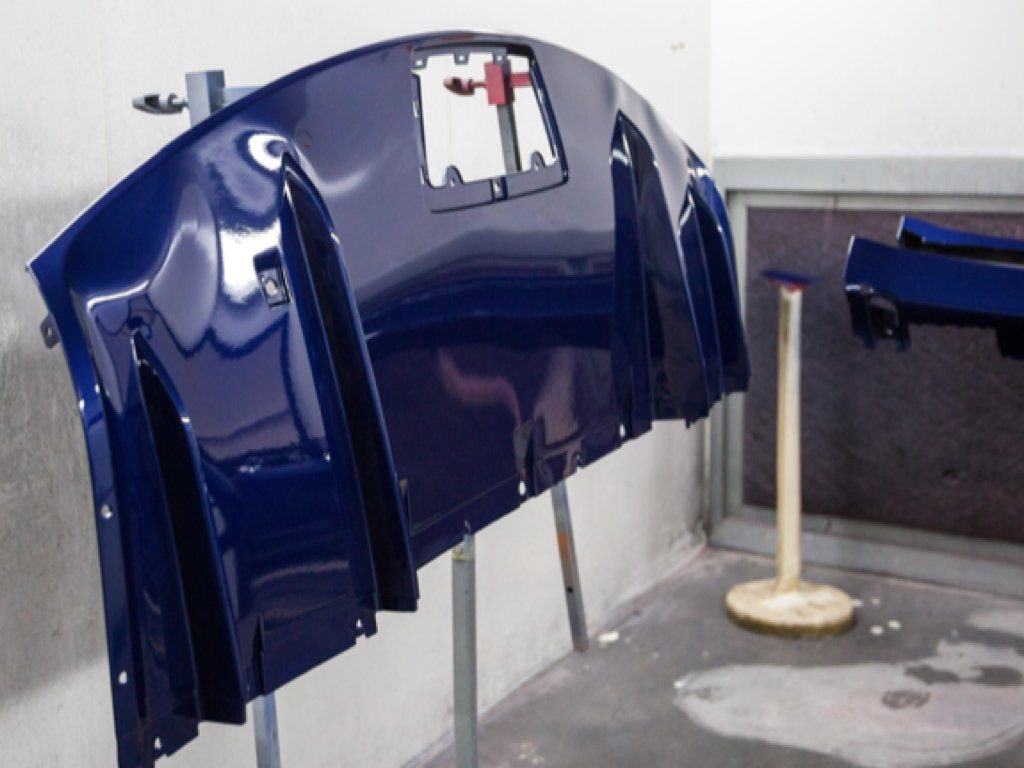
Customers stand to gain significantly from the adoption of modern technology and techniques in the auto repair industry. Some key benefits include:
Faster Collision Repair Services: Thanks to advancements like paintless dent repair and UV curing products, customers can expect speedier repair turnaround times, minimizing inconvenience and downtime.
Reduced Costs: Efficient repair processes and optimized resource utilization translate into cost savings for customers. Additionally, technologies like auto diagnostic testing help identify issues early, preventing costly repairs down the line.
Improved Customer Service: From in-car systems that provide insights into diagnostics to enhanced communication channels, customers can expect a superior service experience at every touchpoint. Auto body shops leveraging modern technology prioritize customer satisfaction, ensuring that every interaction is positive and informative.
Exploring Key Technologies in Auto Repair
The field of auto repair has undergone significant transformation in recent years, driven by advancements in technology and innovative techniques. From streamlining repair processes to enhancing safety and efficiency, modern technologies are reshaping the landscape of auto repair. Let’s delve into some key technologies revolutionizing the industry:
1. Paintless Dent Repair (PDR)
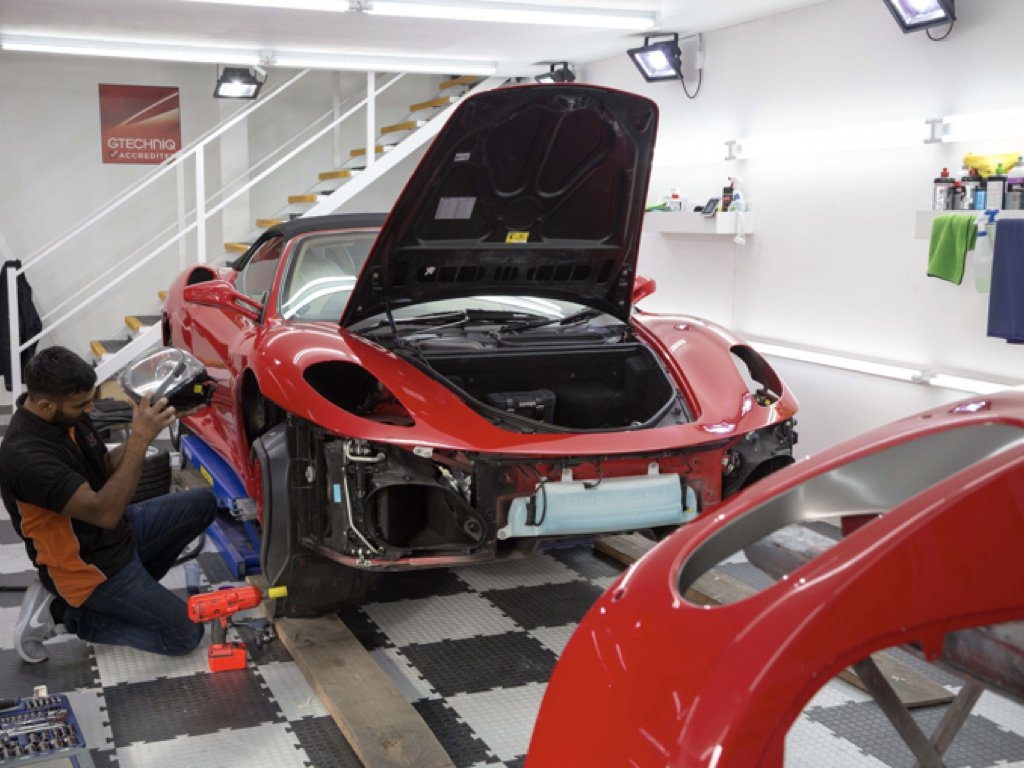
Paintless Dent Repair (PDR) represents a revolutionary approach to addressing dents and scratches on vehicle surfaces. Unlike traditional methods that involve sanding, filling, and repainting, PDR relies on specialized tools and techniques to manipulate the metal back into its original shape without damaging the paint. This not only ensures a perfect match with the existing paint but also significantly reduces repair time and costs. PDR is particularly effective for minor dents and hail damage, offering a convenient and efficient solution for both auto body shops and customers.
2. Auto Diagnostic Testing
The advent of smart systems in vehicles has ushered in a new era of proactive maintenance and diagnostics. These advanced systems continuously monitor various vehicle parameters, including engine performance, emissions levels, and system integrity. By analyzing data in real-time, these systems can detect potential issues before they escalate, alerting drivers and technicians to the need for maintenance or repairs. Auto diagnostic testing helps optimize vehicle performance, prolongs the lifespan of components, and enhances safety on the road. Moreover, it provides valuable insights for technicians, enabling them to diagnose and address problems with precision and efficiency.
3. Proper Training

In an industry characterized by rapid technological advancements, proper training is essential to ensure that mechanics are equipped with the knowledge and skills to leverage new technologies effectively. Emphasis on ongoing training and professional development programs ensures that technicians stay abreast of the latest repair techniques, diagnostic tools, and safety protocols. From classroom instruction to hands-on experience, comprehensive training programs empower mechanics to deliver superior service and maintain high standards of quality and professionalism.
4. Vehicle Connectivity
The rise of vehicle connectivity has revolutionized the way vehicles interact with their surroundings and users. Smart systems embedded within vehicles track various parameters, including driving habits, fuel consumption, and maintenance schedules. By analyzing this data, vehicle connectivity systems provide valuable insights for both drivers and auto services. Drivers can receive real-time feedback on their driving behavior, helping them improve fuel efficiency and safety. Auto services, on the other hand, can use connectivity data to anticipate maintenance needs, optimize service schedules, and provide personalized recommendations to customers.
5. Electrification
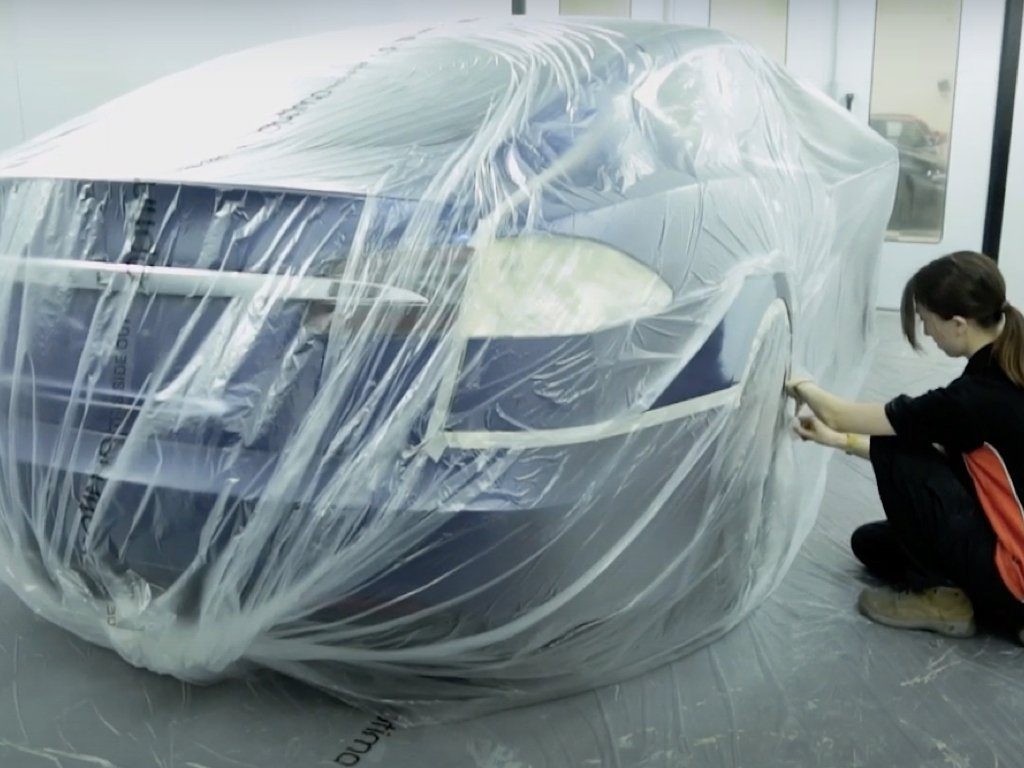
With the increasing popularity of electric vehicles (EVs), auto repair technicians require specialized training and equipment to safely and effectively perform repairs. Electrification encompasses a wide range of technologies and techniques tailored specifically for EVs, including battery diagnostics, electric motor servicing, and high-voltage system maintenance. Proper training is crucial to ensure that technicians understand the unique challenges and safety considerations associated with working on EVs. By investing in electrification training programs, auto repair shops can expand their service offerings and cater to the growing demand for EV maintenance and repairs.
6. UV Curing Products
UV curing products have emerged as a game-changer in the field of auto refinishing, offering a faster, more efficient alternative to traditional curing methods. These products utilize ultraviolet (UV) light to rapidly cure paint and coatings, reducing repair times and improving overall efficiency. Unlike conventional curing methods that rely on heat or air drying, UV curing products harden the paint almost instantly, allowing technicians to move on to the next step in the repair process without delay. Additionally, UV curing is environmentally friendly, producing fewer emissions and reducing energy consumption compared to traditional curing methods.
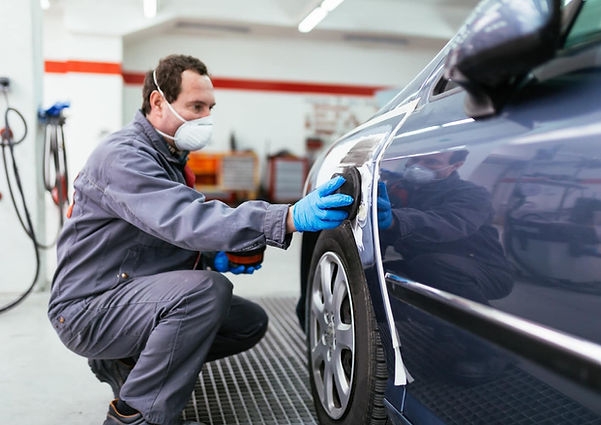
Conclusion
In conclusion, the latest technologies in car accident repair represent a fusion of innovation and precision engineering. From advanced diagnostic systems to 3D printing and augmented reality, these technologies empower technicians to restore damaged supercars to their former glory with unparalleled accuracy and efficiency. As the automotive industry continues to evolve, supercar owners can rest assured that their prized possessions are in capable hands when it comes to accident repair.
Check out our video Aston Martin Respray by expert technicians at GVE and get your quote!
Frequently Asked Questions
In supercar accident repair, some of the latest technologies include computer-aided design (CAD) for precision measurements and 3D printing for creating custom parts. Advanced paint matching systems and paintless dent repair techniques are also commonly used to restore supercars to their original condition.
Artificial intelligence (AI) has been integrated into supercar accident repair processes in several ways. It involves damage assessment through image analysis, predictive maintenance for part upkeep, automated repair recommendations, and quality control. This streamlines processes, improve the quality of repairs, and ultimately provide a better experience for supercar owners.
Virtual reality (VR) and augmented reality (AR) can play a significant role in assessing and repairing supercar damages by providing more accurate and efficient ways to visualize and analyze the extent of the damage. Virtual reality (VR) and augmented reality (AR) enhance supercar damage assessment and repair by creating virtual models for precise evaluation and identifying hidden damages. Technicians can simulate repair processes, improving efficiency and reducing errors. This technology boosts accuracy and efficiency in assessing and repairing supercar damages, ensuring better outcomes and a more satisfying experience for technicians and owners alike.
Contact Us
"*" indicates required fields



